Announcing New Elegant Packaging
New elegant packaging for over 300 types of quality teas and tisanes!

New Elegant Packaging
New Elegant Packaging
Simpson & Vail of Brookfield, CT has been a purveyor of quality loose leaf teas since 1929 and selling bulk teas has always been the focus with only a small emphasis on packaged product. For many years our tea has been sold in bulk to consumers who used their own containers for tea storage. But with tea’s popularity soaring in America consumers are seeking elegant, functional containers for tea. We’re thrilled to be launching our New Elegant Packaging and newly designed labels for our screw-top 4oz tea canisters. ALL 300+ teas and tisanes that we offer are available in these elegant containers. Five colorful labels are available for: Black Tea, Green Tea, Oolong Tea, White Tea, and Herbal Tisane.

Simpson & Vail’s new Tea Tin Labels New Elegant Packaging
Why is tea storage important?
The delicious aroma and taste of teas can be destroyed by light, heat, and air. To maximize freshness, store your teas in an air-tight container in a cool, dry place. Do not store teas in canisters that previously held something aromatic (i.e. coffee or spices) as the tea will absorb the smell.
Tea Caddy’s throughout History
Description
A tea caddy is a box, jar, canister, or other receptacle used to store tea.
Derivation
Tea tins were more prominently referred to as tea caddies for hundreds of years. The derivation of the word caddy is from the Malay word kati, which is a traditional unit of measurement used in Asia for weighing out food items and is equivalent to approximately 1.3 lbs.
They were first introduced to tea lovers to help retain the freshness of teas that were picked, processed and then spent months traveling to Europe before reaching the consumer. Initially teas were quite expensive and were only able to be enjoyed by the aristocracy, who, regardless of wealth, still portioned out their precious supply. Tea was so prized that many caddies had a lock on them. Keys for the lock were generally kept on a chain around the waist of the lady of the house to prevent any household staff from pilfering the valuable tea.
Early tea caddies were made from a variety of materials such as china, glass, wood or silver and they all had fitted lids to keep the tea from being exposed to air and light. In the early 18th century tea caddies were primarily constructed from wood, usually walnut or mahogany, and often contained 3 chambers: one for green tea, one for black tea and one for sugar.
In the middle of the 18th century, a few factors (increased availability of tea and lower taxes on tea) contributed to the prices becoming more reasonable for “commoners”. While still expensive, teas were a little more affordable and were treated as a precious asset. Seeing the increasing demand for caddies, cabinetmakers started producing them in large quantities and in a variety of designs. There were caddies with a compartment that was secreted on the inside of the lid, which would house the caddy spoons. Several designers also created larger caddies (called chests) which would house smaller canisters of tea.
Over the years tea caddies have fallen out of favor and been replaced with smaller canisters, generally made out of stainless steel. Metal canisters keep the tea fresh, by protecting them from light and air. They also are easier to ship to consumers, are lighter and do not break in shipping, making them preferable to porcelain caddies that were used many years ago. Metal tins also do not impart flavors of their own into the tea. The use of certain woods or plastics can ruin tea and are not recommended.
Metal has also been used in the shipping of tea for hundreds of years. Large wooden tea chests holding 60-100 lbs of tea used to come lined with aluminum foil. When we import teas today however, most producers have discontinued shipping in wooden chests. This change is due to the fact that wood is becoming a precious resource in many places and shipping is less expensive when pallets are more efficiently packed. Most teas now arrive to us from overseas in super thick cardboard bags that are still lined with metal foil.
No matter how you package the tea, consumers are just as discerning today as they have been for hundreds of years. When stored properly tea retains its healthy benefits and allows the teas picked today to be enjoyed for many years to come. While teas are generally more affordable now than they were in the 1800’s, tea is still an essential, precious commodity that is treasured by many. So whether you store it in our tin or your own tin, keep your tea fresh so you can continue to enjoy it. And when you’re thinking of a gift for a tea loving friend, don’t forget our elegant new receptacles!

Simpson & Vail’s Tea Tins


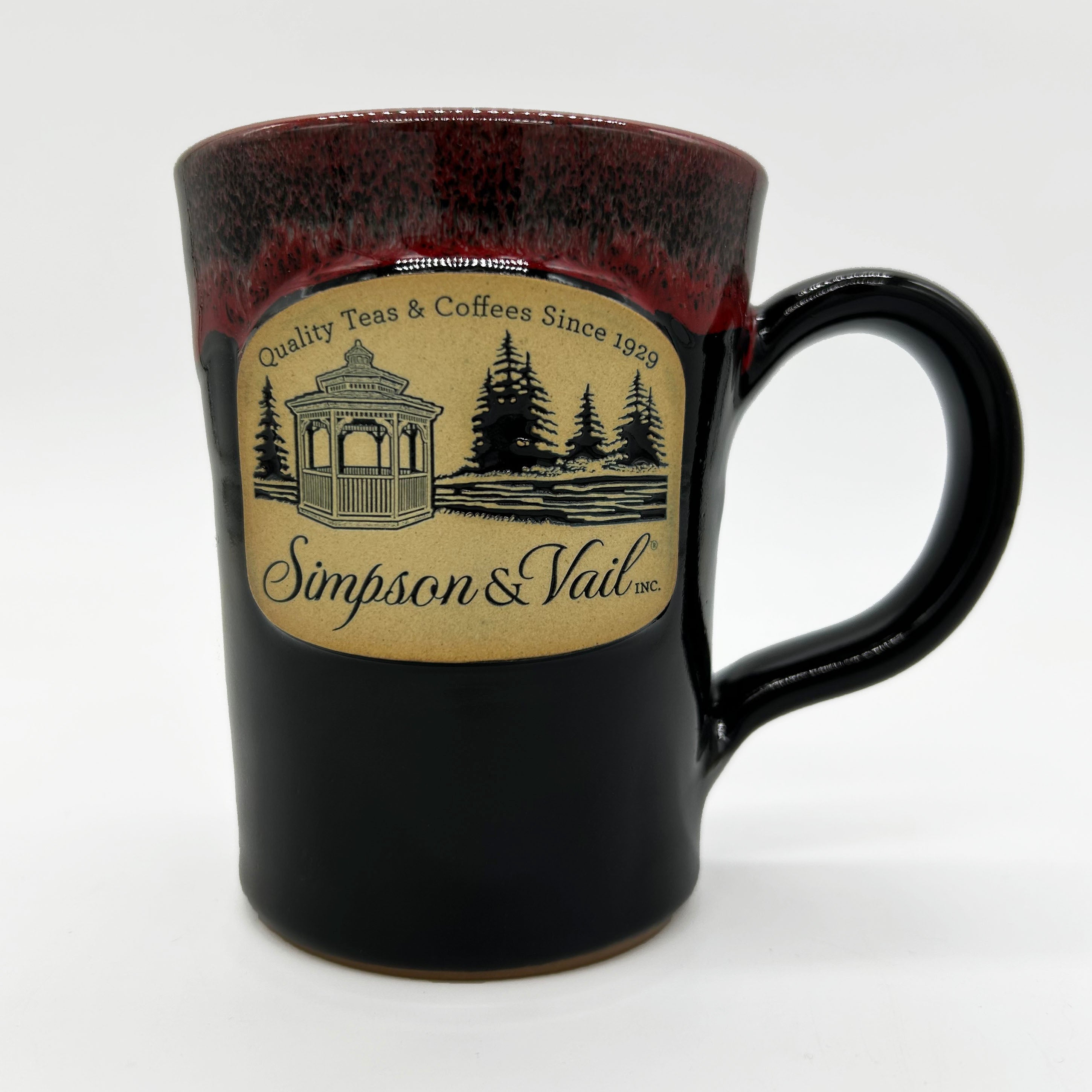
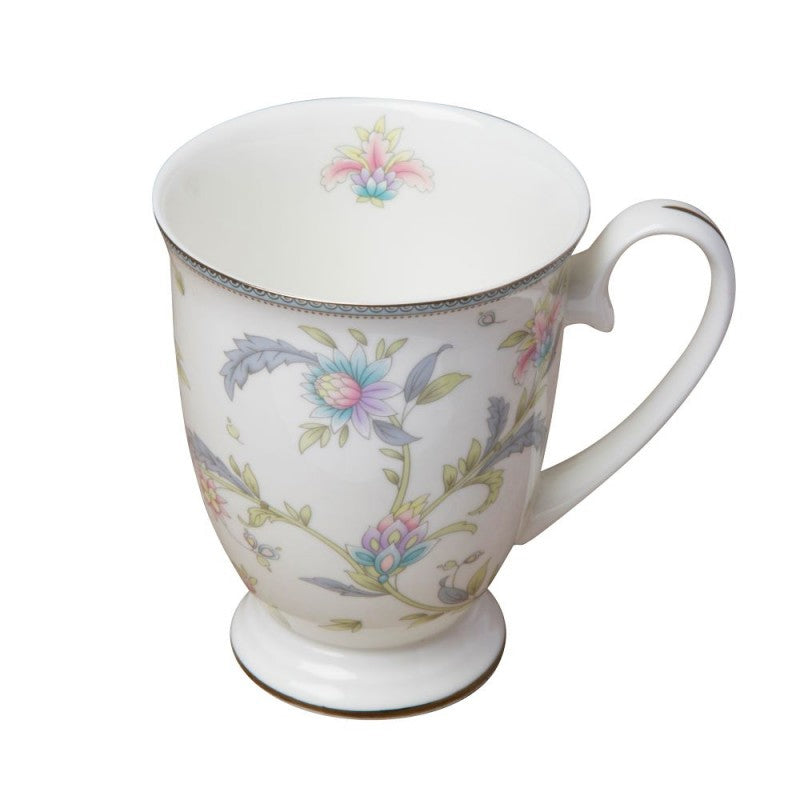

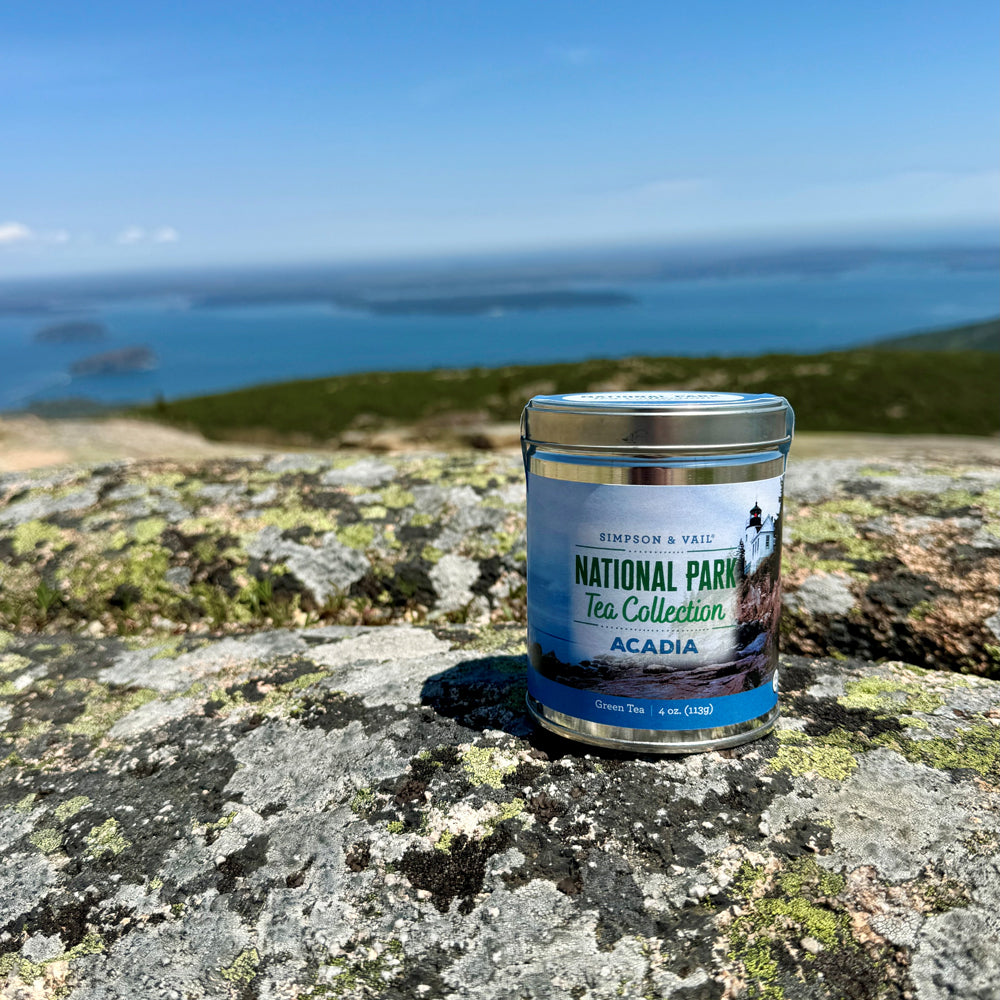
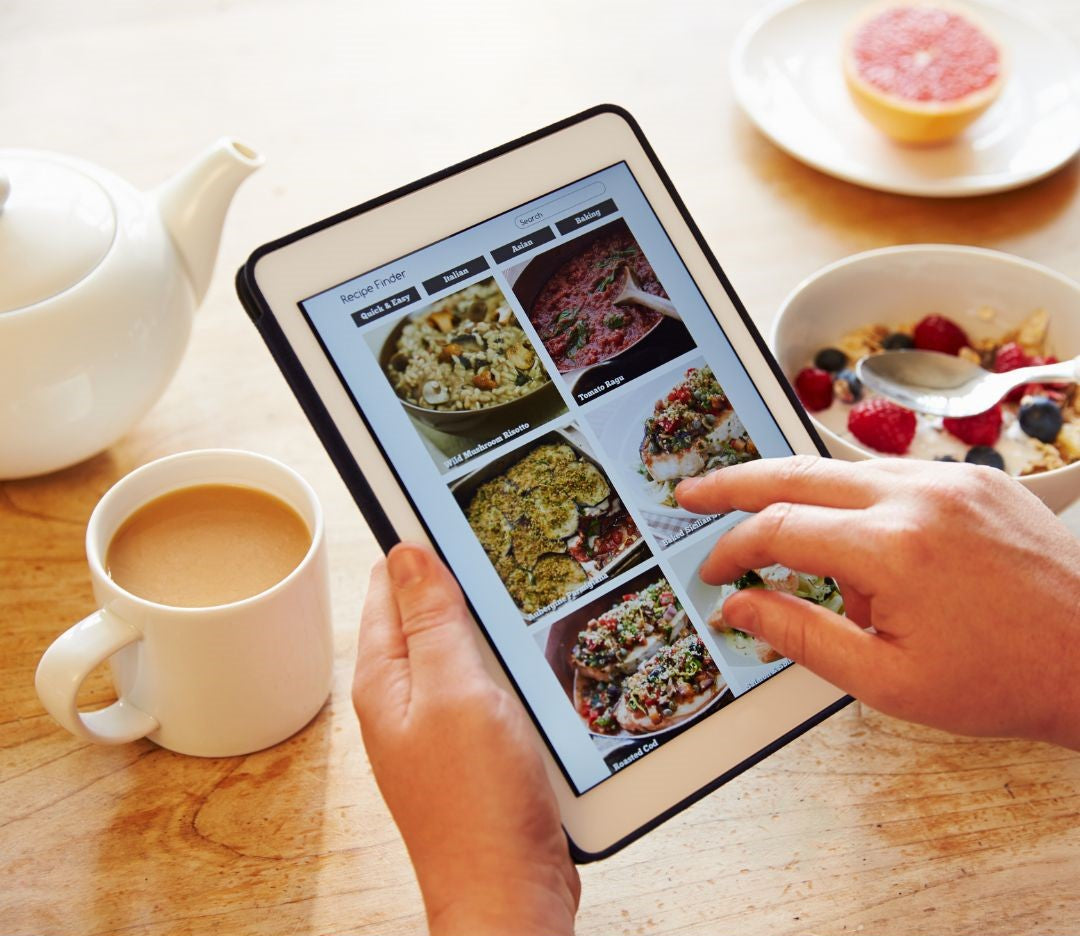
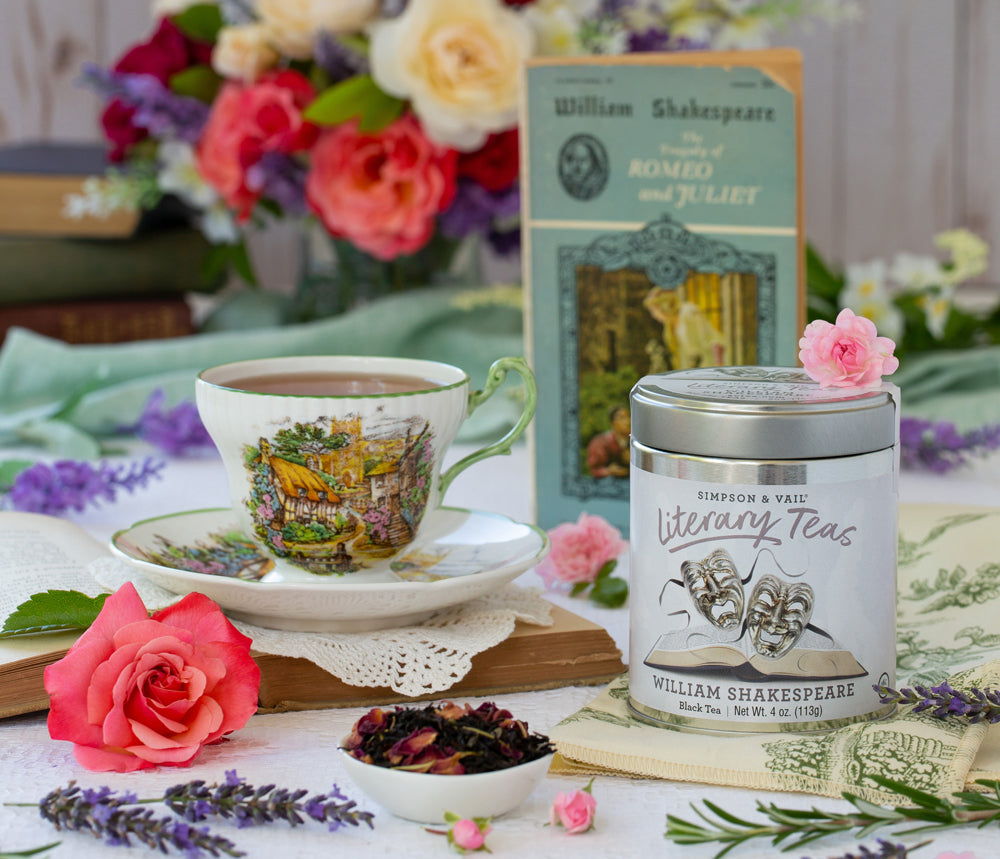
Leave a comment